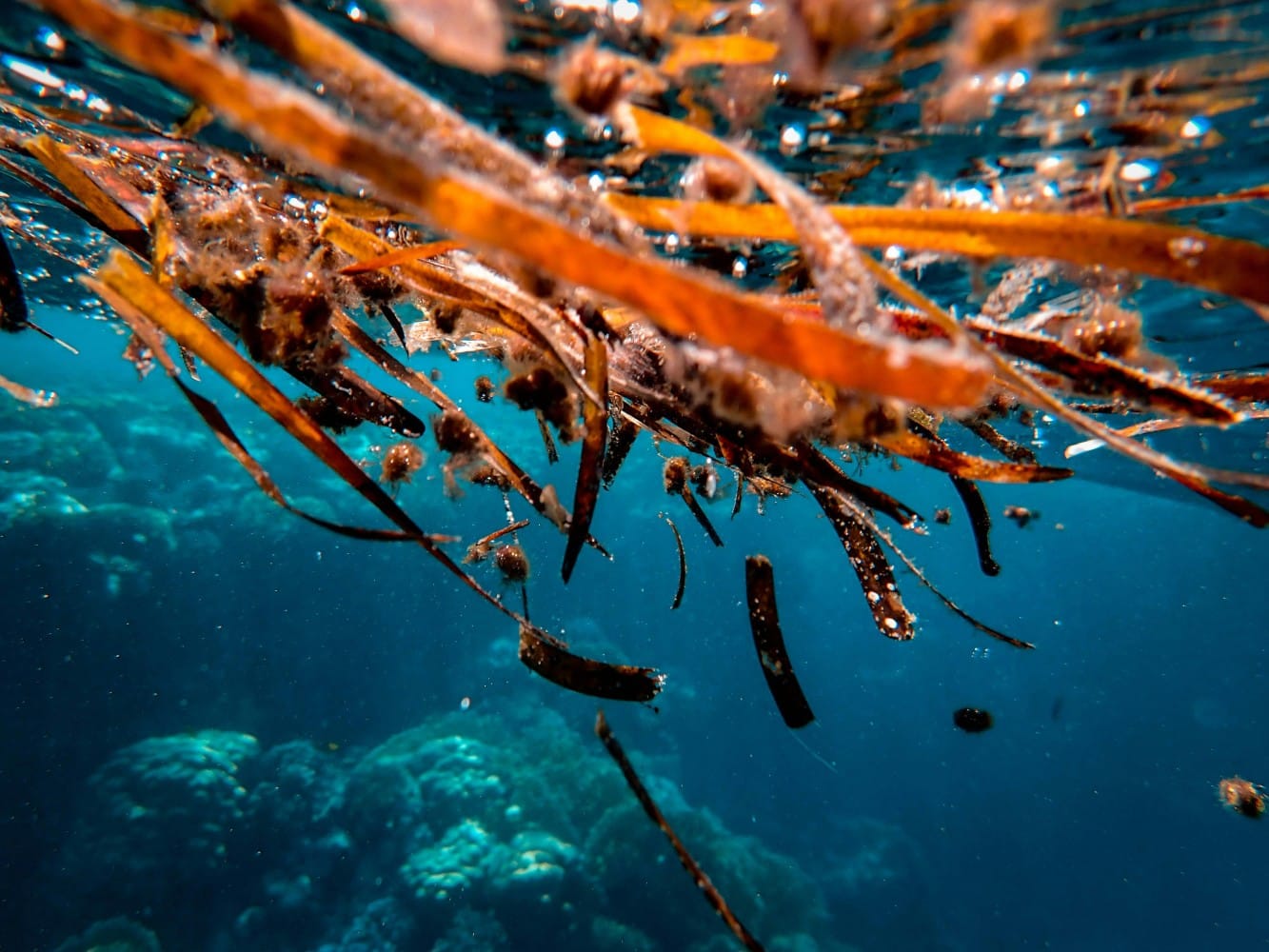Apparel Industry Deep Dive Part 4: Technological Innovations

In Part 1 and Part 2 of this series, we estimated that the externalities associated with the global apparel industry are almost as much as the gross revenue of the entire industry. In Part 3, we covered some of the solutions aimed at consumers, apparel companies, and governments.
Now, we highlight some of the exciting technological innovations in the areas of raw materials, textile processing, and textile recycling that could help fashion become more sustainable. See this webpage for a more extensive list of innovations.
(Disclaimer: We do not have any financial relationship with any of the companies mentioned below.)
Raw Materials
There are a number of companies and start-ups who have developed textiles from raw materials that we don’t typically associate with apparels.
Example: Seaweed
SeaCell is a semi-synthetic fabric made by spinning together cellulose and brown seaweed. The SeaCell production process is a closed-loop system that recycles ~99% of the water and solvents used, thus preventing waste and pollution of the environment. The resulting fabric contains ~19% seaweed and is biodegradable. Here is a list of clothing brands that sell apparels made with SeaCell.
Example: Agricultural waste
Fashion for Good, a global initiative that supports sustainable fashion innovations, is collaborating with fiber manufacturers to validate and scale technologies that can transform agricultural waste into sustainable textile fibers. Furthermore, Shroff Industries in India is turning banana fiber waste into ecofriendly handicrafts such as baskets, bags, and more. Maybe one day we will wear clothing made from banana stems as well.
Example: Carbon emissions
LanzaTech, a carbon recycling technology company, has partnered with the Swiss sportswear brand On to make polyester out of carbon emissions that were captured from industrial processes. The apparels made using the recycled carbon contained 30% less virgin polyester than conventional apparels. Moreover, Rubi Laboratories is a startup that is trying to make cellulose from recycled carbon, and this could potentially reduce deforestation as wood pulp is currently the main source of cellulose.

Textile Processing
The dyeing of textiles uses large quantities of water and chemicals, leading to negative consequences for the environment and human health. Some companies are actively working to make textile processing more sustainable.
Example: Waterless dyeing
Replacing water with supercritical carbon dioxide (i.e., carbon dioxide that is in a state between a gas and a liquid) in the dyeing process can help color pigments penetrate more quickly into textile fibers without the use of additional chemicals. This waterless dyeing technique has been around for more than a decade and is expected to be more widely used in the future.
Example: Bacteria-based dyes
As this video explains, conventional textile processing uses synthetic dyes that are often derived from fossil fuels and that can pollute our environment and harm human health. To reduce the use of synthetic dyes, companies like Faber Futures are harnessing bacteria that can produce nontoxic, biodegradable pigments of different colors depending on the pH of the medium. Colorifix is another company that engineers microbes to produce pigments, some of which are already being used by clothing brands such as H&M and Vollebak.
Textile Recycling
Only about 1% of the clothes that have been discarded is recycled. Textile-to-textile recycling, the process of turning textile waste into new fibers and products, is currently not being done at scale due to the technological and logistical challenges involved.
Example: Chemical recycling
Production of synthetic fibers used in apparels account for 1.35% of global oil consumption. Even when recycled synthetic fibers are used in clothing, they are likely to have come from plastic bottles rather than textiles. The challenge here is that a lot of our clothes contain a blend of materials that make it complicated to separate into fibers of the same types. To deal with contaminated, blended polyester, some companies employ chemical recycling that breaks the polyester into its molecular constituents, which are then reused to make fresh polyester. While chemical recycling is a promising strategy for creating a circular economy in fashion, more work is needed to make it economically viable.
Example: Technology for sorting textiles
A major challenge in apparel recycling is the lack of infrastructure to sort the apparels into categories based on their resale and reuse potentials. The process of manually inspecting clothing labels to identify the materials present is time-consuming and not completely reliable. Companies like Fibersort are leveraging near infrared spectroscopy to differentiate fiber types to make textile sorting faster and more accurate. Refiberd uses hyperspectral imaging with artificial intelligence to automatically identify the different fibers in the textile waste.
Final Thoughts
While the harms caused by the global apparel industry are staggering, many individuals and organizations around the world are committed to making the industry more sustainable. As with all technological innovations, time will tell which ones can be scaled and made economically viable. Nonetheless, there are more reasons to be optimistic than not when it comes to making fashion more sustainable.
Part 1: The Environmental Cost of Fashion